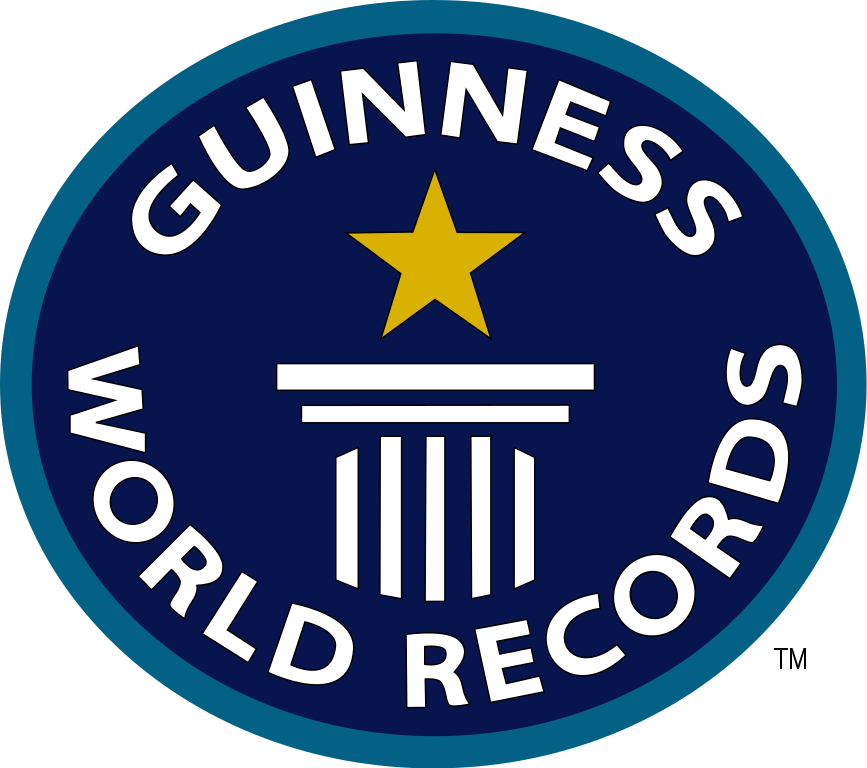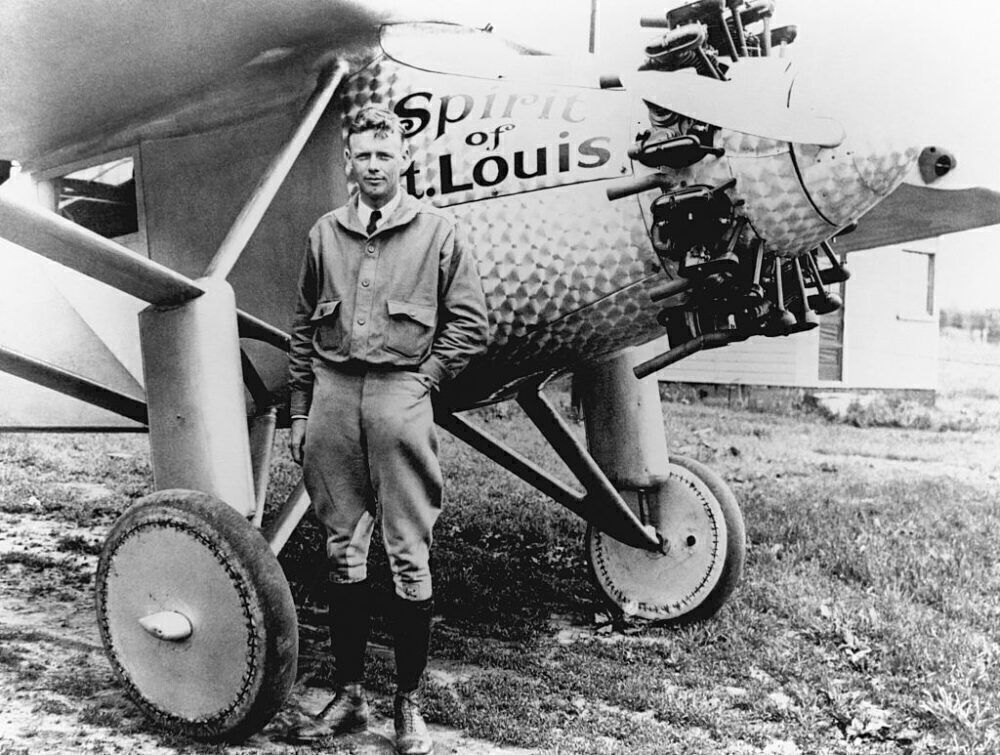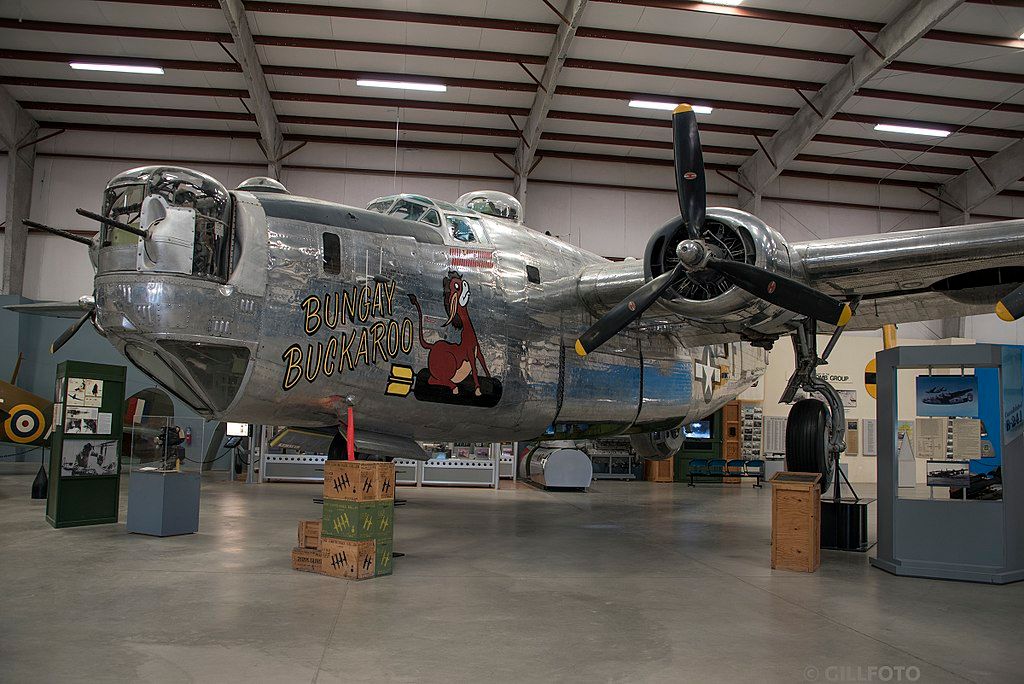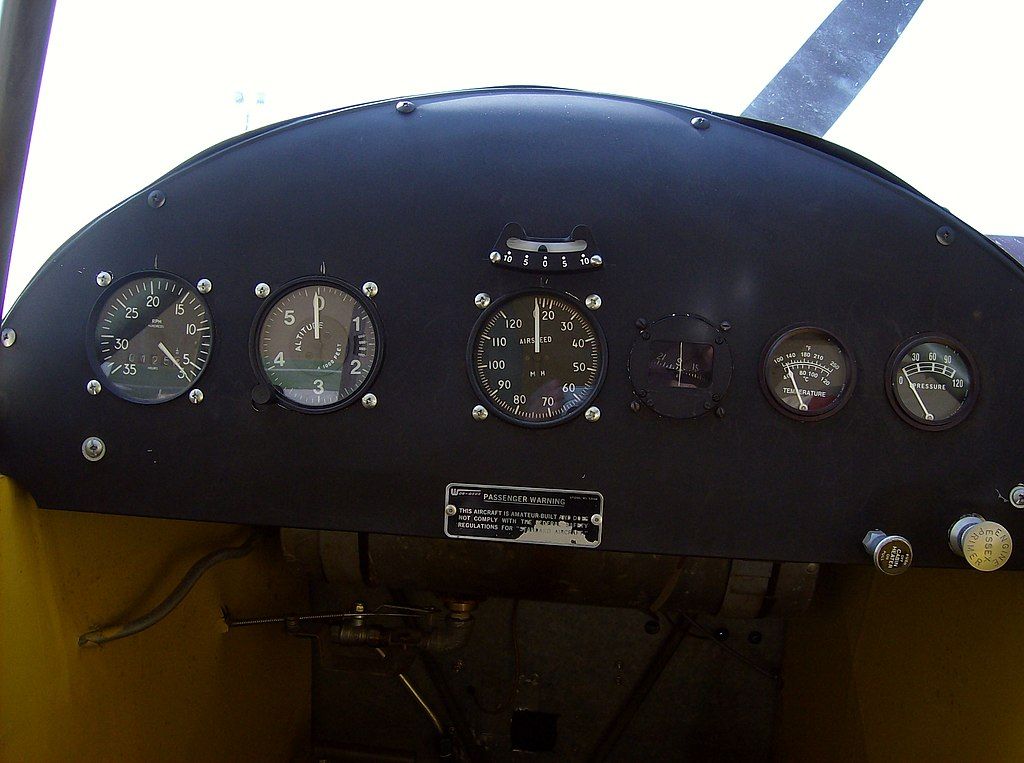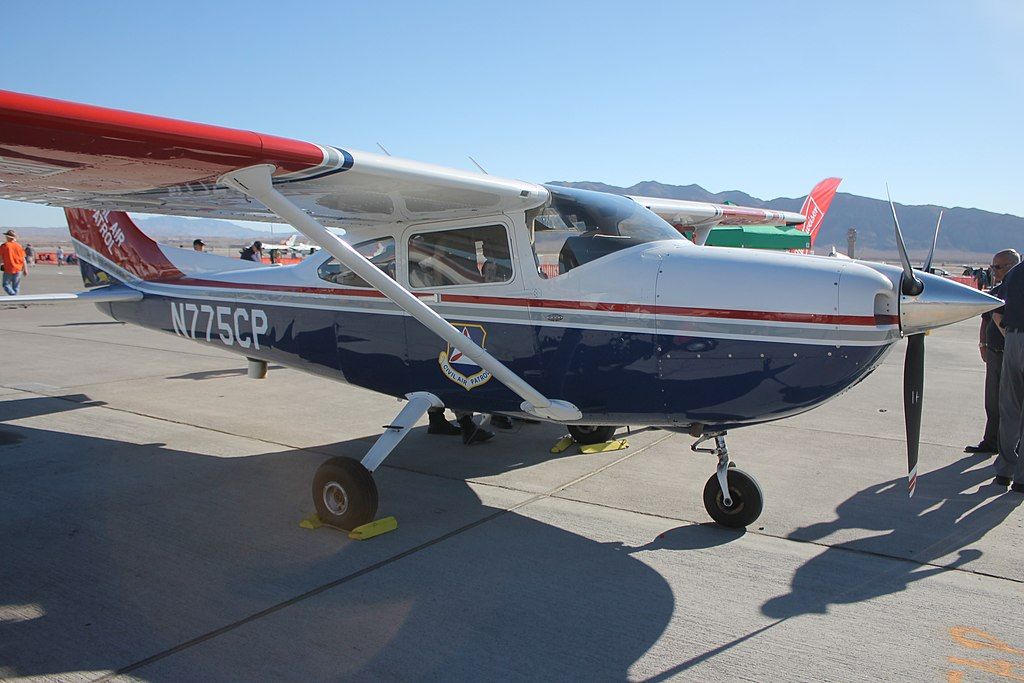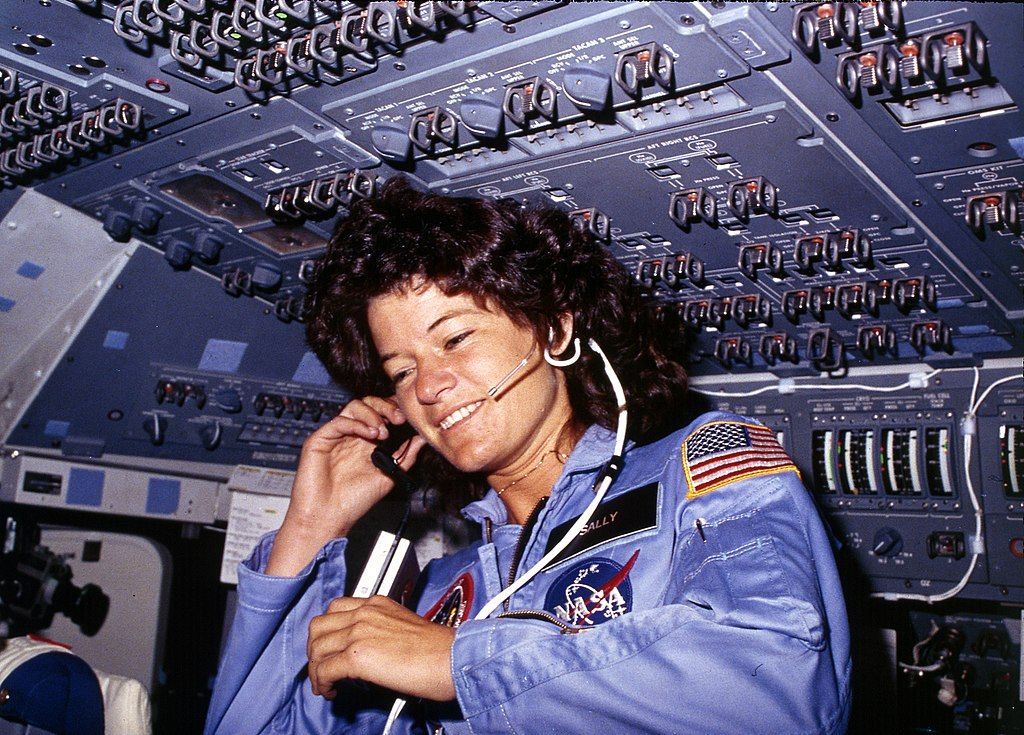When it comes to flying experience, one can operate a vast array of aircraft, fly over thousands of miles, or operate into some of the most iconic or remote airfields on earth. But when it comes down to actual, measurable experience, the number that really matters is logged flying hours. And these two individuals logged more hours than any other flyers in history. Let’s find out a little more about this pair of record-breaking aviators.
According to the Guinness Book of Records, two individuals hold the world records for the highest accrued flying hours for any pilot and a female pilot. John Edward Long, Jr (known simply as Ed Long) and Evelyn Bryan Johnson are true aviation pioneers and iconic aviators of their time.
Although neither of these esteemed record-holders remains alive today, their legacies live on as genuinely remarkable feats of endurance set by two of the most outstanding individuals ever to sit behind the controls of an aircraft.
John Edward Long, Jr
Known as Ed to those that knew him, John Edward Long, Jr (born in 1915, just 12 years after the Wright Brothers first took to the air) was an American pilot who logged almost 65,000 flying hours during his long career in aviation before his death in July 1999, aged 83.
Born November 10, 1915, in Montgomery, Alabama, Ed Long spent his entire life (except for service during World War II) within the confines of his sleepy hometown. As a youngster, he was fascinated by the aviation pioneers of the 1920s and 1930s, particularly Charles Lindbergh and Wiley Post. He greatly admired Lindbergh’s feats (Lindbergh was the first aviator to fly solo across the Atlantic Ocean in 1927), not because of the accomplishments themselves but because “he had the guts to do it,.” Ed Long regarded Lindburgh and Post as two of the great aviators in the world.
Charles Lindbergh and his Ryan monoplane, the Spirit of St Louis. Photo: Getty Images
First flight
With fifty cents his grandmother gave him, Ed took his first ride in a Ford Tri-Motor at the age of 15. In 1933, at the age of 17, he took his first lesson in an old Curtiss Robin. He is quoted as saying in an interview that it took him three years to solo, with a total of an hour and forty minutes over those three years. That solo was in 1936 in a Taylor E-2 Cub, which marked the beginning of a life-long love affair with that particular type of airplane.
With jobs and money scarce during the Great Depression, he wrangled himself a job at a local flying school cleaning airplanes, for which he received thirty minutes of flight training for a week’s work. He finally earned his full license on December 14, 1939, having logged 63 flying hours.
In 1940, Ed joined the Army Air Corps, hoping to become a pilot. However, weighing in at 115 pounds, Long was told that he was not heavy enough and didn’t meet the Army’s minimum weight standard. Undeterred, Long spent the war as an aircraft mechanic, inspector, and B-24 crew chief, rising to the rank of master sergeant. He mustered out of the Army in October 1945 with 400 flying hours in his logbook.
Long subsequently went to work as a pilot and mechanic at Normanbridge Airport in Montgomery, Alabama. He eventually found himself employed by Montgomery Aviation at Dannelly Field in Montgomery, where he worked as a charter pilot, corporate pilot, and flight instructor. He later became the company’s vice-president.
Hour-building at 200 feet
In 1953, through a Montgomery Aviation contract with Alabama Power Company, Long began flying a PA-18 Super Cub over Alabama Power’s transmission network to inspect the lines. Although he flew other aircraft types, the Super Cub was his favorite. Long said that the view from the Cub was equally good out the left or right side, and the endurance was almost unsurpassed by anything similar flying at the time.
Flying at altitudes of less than 200 feet, he flew eight hours a day, five days a week for the next 46 years. He rarely missed a flight. At that rate, he quickly piled up hours in meticulously kept logbooks. In March 1992, Alabama Power Company awarded Long a pin studded with four diamonds to recognize his 40 years of scanning all those miles of power lines and utility poles across their network.
Over the last ten years of his life, except when he ran into health problems, Ed Long averaged 1,200 flying hours a year, extending his record to the final tally of 64,397 hours. Remarkably, over 50,000 of those hours were spent hand flying his favorite Piper Super Cub, an aircraft ideally suited for patrolling the power lines. Most of those hours were hand-flown, single-pilot, stick-and-rudder hours flown at about 100 feet above the ground.
For all his flight time, Long had a remarkably incident-free record. He once bent a landing gear, wingtip, and a propeller on a hidden rock after landing in an open field to retrieve another airplane that had made a forced landing. And he had a successful dead-stick landing on a two-lane road in a Beech Bonanza with a seized engine.
Long set his own schedule, sometimes flying for 30 minutes to an hour a day, sometimes much longer. Minimum weather conditions included surface winds of less than 15 knots, 1-mile visibility, and clear of clouds. If the hills were not shrouded in cloud, it was a go. He was not instrument rated as always flying at 500 feet or lower, an instrument rating was of little use.
Awards and accolades
During his lifetime, Ed Long served as President of the Montgomery Air Safety Council, a member of the Silver Wings Club of the National Aeronautics Association, and President of the Montgomery Aero Club. He was inducted into the Alabama Aviation Hall of Fame and was recognized and honored many times for his contributions to the aviation industry and the Montgomery and Alabama communities.
Ed Long’s attitude toward safety was established early in his flying career. On the inside cover of the first of his thirteen logs covering 63 years is a handwritten entry that reads, ‘My Motto: It is better to be an old pilot than a bold pilot. Fly Safe.’ On each page of those early logbooks was a hand-written reminder of his motto – a small note in each corner that simply read ‘Fly safe.’ Ed Long certainly did just that throughout his remarkable career.
Evelyn Bryan Johnson
Born on November 4th, 1090, in Corbin, Kentucky, Evelyn Bryan Johnson earned the record of the female pilot with the most number of flying hours in the world. Nicknamed ‘Mama Bird‘, Johnson accrued 57,535 flying hours before her death on May 10, 2012, at the age of 102 years.
Born Evelyn Stone, Johnson was a graduate of Tennessee Wesleyan College. As a young woman, she taught at school in Etowah, Tennessee, and later attended the University of Tennessee.
She married Wyatt Jennings Bryan and subsequently learned to fly in 1944 while her husband served in the US Army Air Corps.
Johnson became a flight instructor herself, joining the US Civil Air Patrol. She eventually became a colonel in the Civil Air Patrol and was a founding member of the Morristown, Tennessee Civil Air Patrol squadron. Johnson ultimately held the accolade as the individual who had trained more pilots and had conducted more FAA flying exams than anyone else in history. Johnson eventually became the oldest flight instructor in the world.
Johnson was named in the Guinness Book of Records as having the most flying hours of any woman and the most of any living person after the death of Ed Long in 1999. Johnson was inducted into the Women in Aviation Pioneers Hall of Fame, the Tennessee and Kentucky aviation halls of fame, and others. She was also awarded a bronze Carnegie Medal for rescuing a helicopter pilot after being forced to ditch his aircraft.
Involved in aviation until the end
Johnson eventually became manager of the Morristown Regional Airport in 1953.[ She flew into her 90s despite developing eyesight problems and only quit at 96 after a car accident in 2006 resulted in her undergoing a leg amputation. Even after that, she continued in her Morristown Airport management role.
On July 21, 2007, Johnson was inducted into the National Aviation Hall of Fame in Dayton, Ohio, alongside NASA astronaut Sally Ride and the late aviation adventurer Steve Fossett.
Understated heroes of aviation
Both Ed Long and Evelyn Bryan Johnson are names you might not be familiar with. However, their legacies speak for themselves, with a quite astounding accrued total of nearly 122,000 hours of flying accrued between them.
While their names may not roll off the tongue like other aviation pioneers such as Lindburgh, Bleriot, Alcock and Brown, and of course Orville and Wilbur Wright, their personal contributions to aviation may never be surpassed. Consequently, their undisputable dedication to flying should never be forgotten.
Read Next
About The Author

